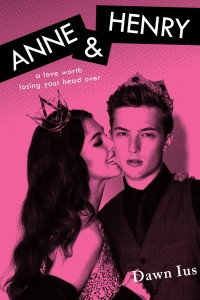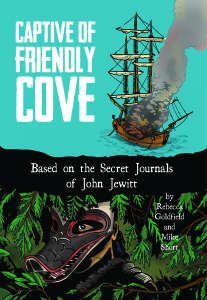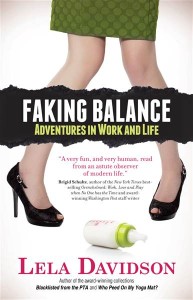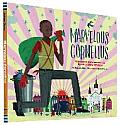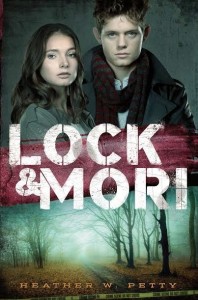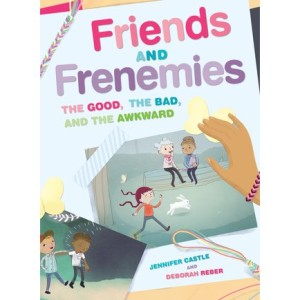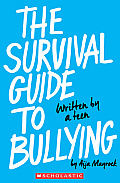Earlier this year I posted a book review of Home for Dinner, by Anne Fishel, cofounder of the Family Dinner Project. Fishel has written an article about how telling stories over the dinner table can help kids love to read. I am reprinting it here with permission from The Conversation.
Dinnertime storytelling makes kids voracious readers
Anne Fishel, Harvard Medical School
As a young child, I loved to imagine myself as a pioneer girl in Little House in the Big Woods, eating fresh snow drizzled with maple syrup. I even pestered my mother to make this treat with the dirty snow that fell on our Manhattan sidewalk. Not a chance.
Years later, I honored my young sons’ request to try a coconut after reading the adventures of Babar. Who knew that even a hammer and chisel won’t crack these nuts? I resorted to clearing out the sidewalk below and then pitching the fruit out a third-floor window.
It worked, but thankfully there are many easier ways to bring food and reading together than hurling coconuts or eating dirty snow.
Here are some of the connections I researched while working on my book, Home for Dinner. And remember, none of these requires a gourmet meal or a trip to the bookstore. Library books and a takeout pizza are just as good.
Dinner conversation builds vocabulary
For starters, there is the linguistic pairing of reading and eating, shown in such common expressions as “devouring a good book” or being a “voracious” reader.
Those sayings reflect the reality that children who have regular family dinners have a real leg up on being good and early readers. Years of research from the Home-School Study of Language and Literacy Development have shown that dinner conversation is a terrific vocabulary booster for young children – even better than reading aloud to them.
Rare words, those that go beyond the 3,000 most common ones, are 10 times more likely to show up in dinner conversation than in storybooks. When parents tell a story at the dinner table about their day or recount a funny family anecdote, they usually include many words that a young child hasn’t yet learned but can understand from the context of the story. Children who have rich vocabularies, packed with less common, more sophisticated words, learn to read more easily because they can make sense of the words they are deciphering.

Then what happened?
Mealtime via www.shutterstock.com.
Encourage children to tell stories
The benefits to children don’t just come from listening to stories. Children who know how to tell stories are also better readers. In one large study, kindergartners who were able to tell stories grew up to be fourth- and even seventh-graders with higher reading comprehension than those kindergartners who lacked narrative skills.
Dinner is a prime time for children to tell stories and to be encouraged to tell better stories. Researchers have found that children can be taught to tell longer, more information-packed stories with a few simple instructions.
- Reminisce with your children about past experiences you’ve shared with them. “Remember when we forgot to take the brownies out of the oven?”
- Ask a lot of open-ended questions, including plenty of “how” and “why” questions rather than questions with yes-or-no answers.
- Encourage longer stories by repeating what your child says or by elaborating on her story.
- Instead of deciding what story to tell, follow your child’s lead on what she wants to talk about.
In this study, children who were given these instructions had bigger vocabularies and told more complex stories a year later.

Books can provide a feast of culinary ideas.
Danielle York, CC BY-NC-SA
Make a literary meal
There are other tasty connections between food and books. Consider the banquet of children’s books that feature food as a central force in the action. There are the magical noodles in Strega Nona, the pomegranate seeds that bind Persephone to Hades, the irresistible Turkish delight in The Lion, the Witch and the Wardrobe and the whimsical tribute to picky eaters, Green Eggs and Ham.

Reading done away from the table can inform dinnertime topics.
Eden, Janine and Jim, CC BY
Just as dinner conversation can lead to more reading, reading can be the prompt for meals and for conversation. Parents and children might recreate a favorite literary meal for dinner, and then read that book, or a portion of it, aloud. Split pea soup from George and Martha or spaghetti and meatballs from Cloudy with a Chance of Meatballs are two possibilities.
And, don’t forget the many nursery rhymes that involve porridge, rice pudding and blackbird pie (to name just a few). It could be fun to imagine what Harry Potter might eat for dinner at Hogwarts or to create a high tea that Mary Poppins might like.
Of course it’s not just children’s literature that gets our mouths watering. Melville devotes a chapter to clam chowder in Moby Dick, and in Nora Ephron’s Heartburn, the philandering husband gets his comeuppance with a Key lime pie in the face.
If cooking a literary meal doesn’t get you in a reading mood, here’s another idea for a dinner: ask family members to talk about one book that changed their life. That dinner conversation might just jumpstart some bedtime reading.
![]()
Anne Fishel, Author of Home for Dinner and Associate Clinical Professor of Psychology, Harvard Medical School
This article was originally published on The Conversation. Read the original article.

